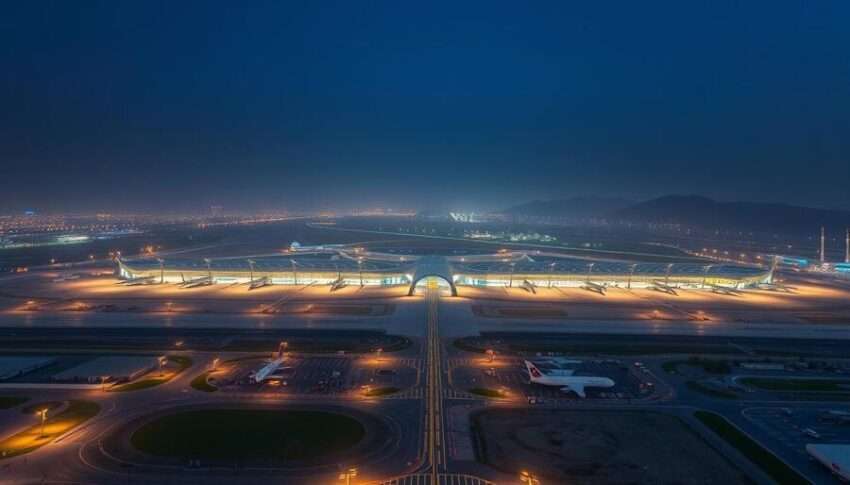
Explore The Top 20 Largest Airports in the World
Airports are essential hubs of global connectivity, serving as gateways for millions of travellers each year. They are important not only for their size but also for their capacity, amenities, and technological advancements.
The Top 20 Biggest Airports in the World highlight these massive infrastructures, which play a pivotal role in facilitating air travel across continents. From sprawling terminals and state-of-the-art facilities to extensive runways and high passenger traffic, these airports stand out for their scale and importance.
Trending Now!!:
Whether for business, leisure, or logistics, they are central to connecting people and goods worldwide, offering a window into the ever-evolving landscape of modern air travel.
More than just transit points, airports are monumental engineering and urban planning feats, serving as gateways to the world. Here, we explore the top 20 largest airports by land area, examining their history, significance, and what makes each uniquely expansive.
1. King Fahd International Airport – Dammam, Saudi Arabia
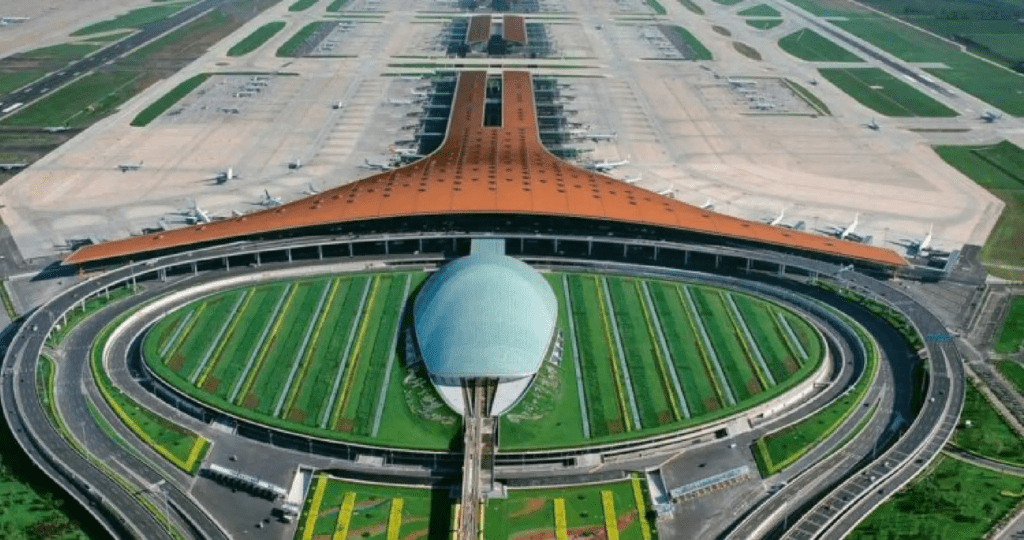
- Area: Approximately 776 square kilometers
- Overview: Once dubbed the world’s largest airport by land area, it was built on the site of the former Dhahran airbase. Its immense size was partly due to the need for long runways to accommodate military aircraft, but it also serves millions of passengers annually, connecting the Eastern Province with the world.
2. Denver International Airport – Denver, Colorado, USA
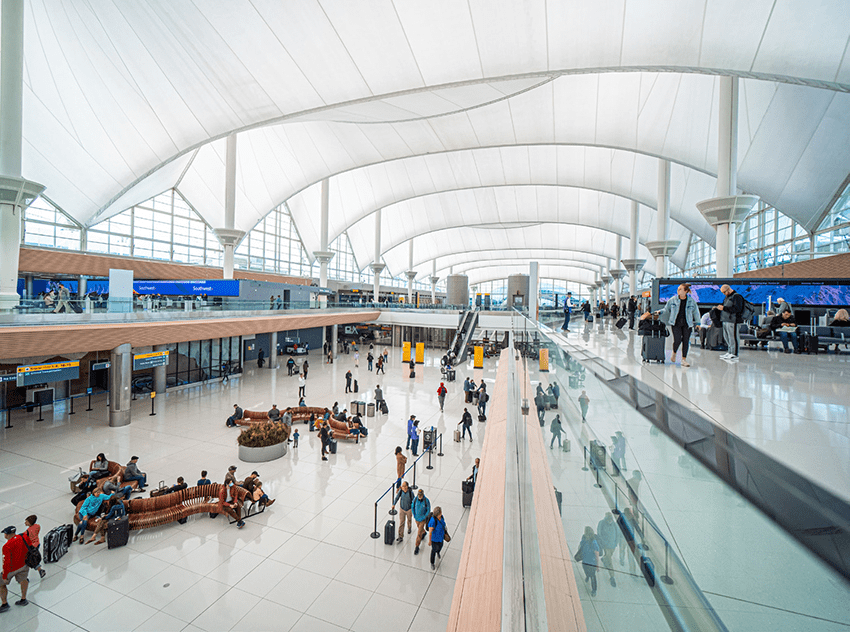
- Area: About 135.7 square kilometres
- Overview: Opened in 1995, Denver International Airport is a marvel of modern architecture and efficiency. It’s known for its tent-like roof structure and extensive underground baggage system. Denver International is a central hub for passengers and cargo, supporting the region’s economic vitality.
3. Dallas/Fort Worth International Airport – Texas, USA
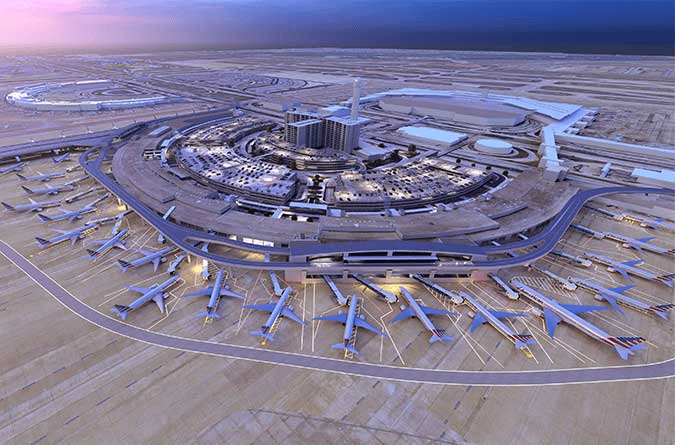
- Area: Around 69 square kilometres
- Overview: Established in 1974, DFW has grown to be one of the busiest airports globally regarding aircraft movements. It’s the primary hub for American Airlines, showcasing significant infrastructure like five terminals and extensive runway systems to manage its high traffic volume.
4. Orlando International Airport – Florida, USA
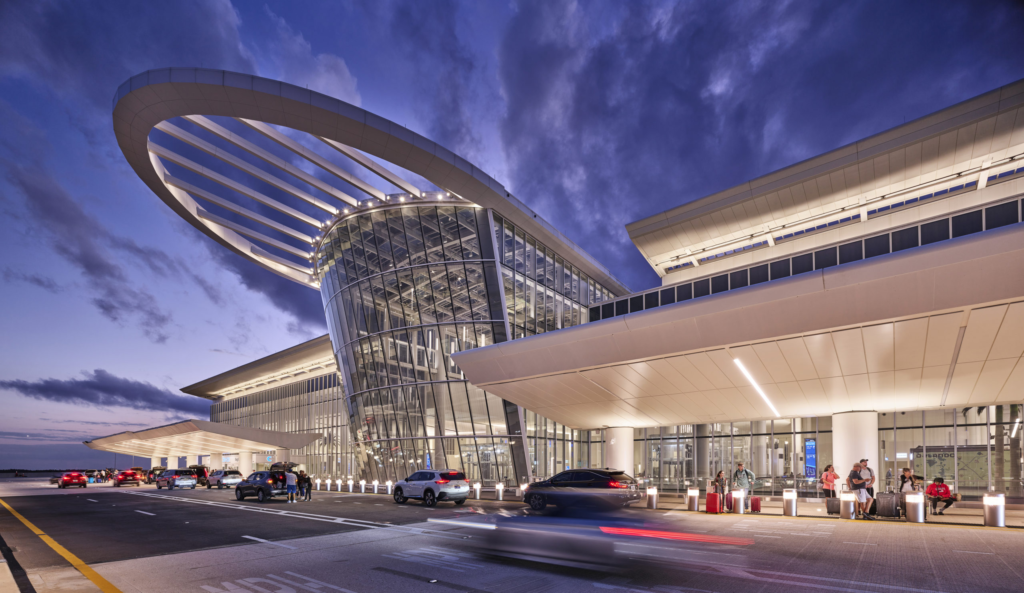
- Area: 53.8 square kilometers
- Overview: Serving the tourist mecca of Orlando, this airport has seen exponential growth, with expansions to handle the influx of visitors to theme parks and beyond. Its strategic location makes it a significant player in Florida’s tourism economy.
5. Washington Dulles International Airport – Virginia, USA
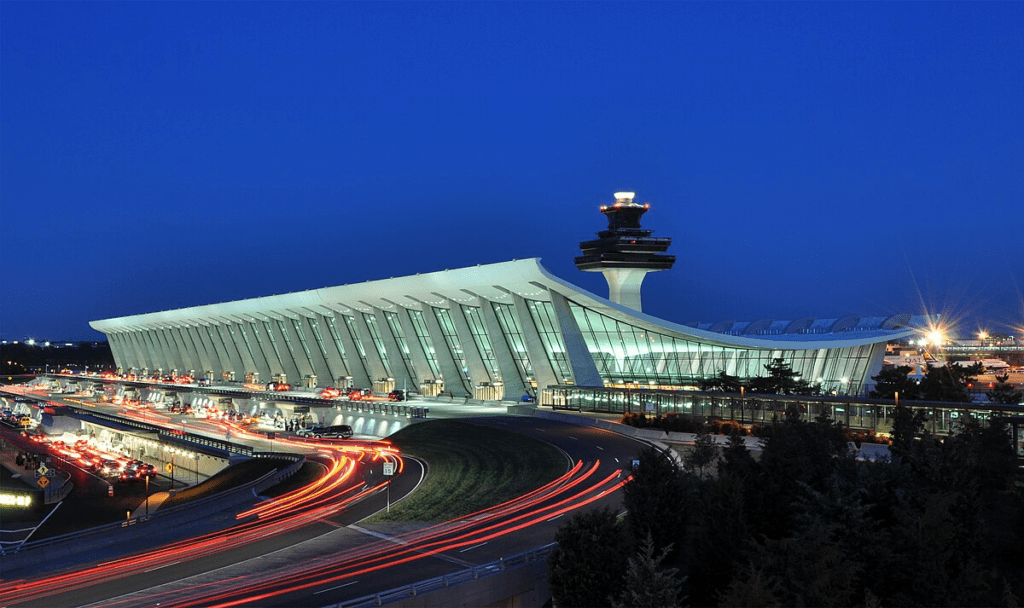
- Area: 48.6 square kilometers
- Overview: Named after John Foster Dulles, this airport’s unique design includes the famous mobile lounges, which are essentially buses on the tarmac. It’s a crucial entry point into the U.S. capital region, balancing international and domestic flights.
6. Beijing Daxing International Airport – Beijing, China

- Area: Approximately 46.6 square kilometres
- Overview: Daxing was opened in 2019 and is designed to alleviate pressure from Beijing Capital International Airport. Its starfish-like design aims for efficiency in passenger flow, and it’s set to become one of the world’s busiest airports in the coming decades.
7. George Bush Intercontinental Airport – Houston, Texas, USA
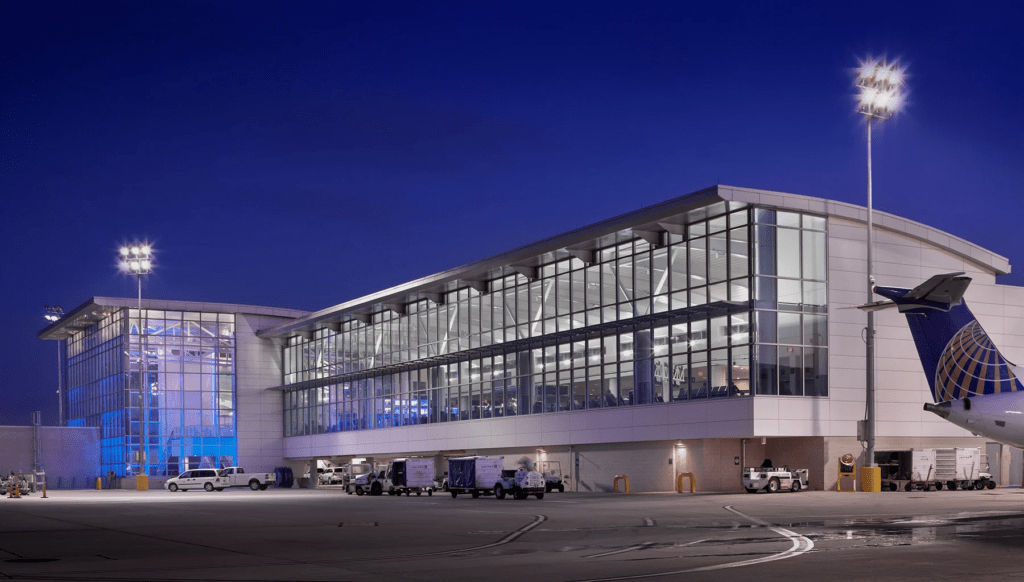
- Area: About 44.5 square kilometres
- Overview: A major hub for United Airlines, IAH has expanded to include new international terminals and enhanced cargo facilities, reflecting Houston’s role as a global city with diverse economic interests.
8. Shanghai Pudong International Airport – Shanghai, China

- Area: 39.9 square kilometers
- Overview: Since its opening in 1999, Pudong has become a symbol of Shanghai’s rise as a global financial hub. It features advanced passenger processing technology and is a key player in the cargo market.
9. Cairo International Airport – Cairo, Egypt
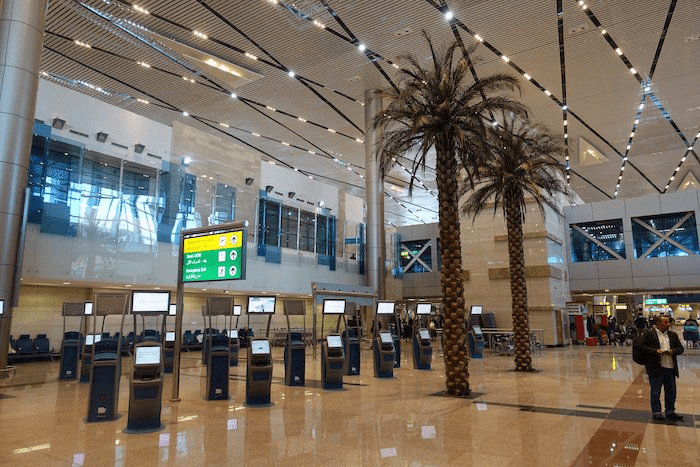
- Area: Approximately 36.3 square kilometres
- Overview: As Egypt’s main entry point for international visitors, Cairo Airport has undergone numerous expansions to accommodate the growing number of tourists and pilgrims, especially during Hajj.
10. Suvarnabhumi Airport – Bangkok, Thailand
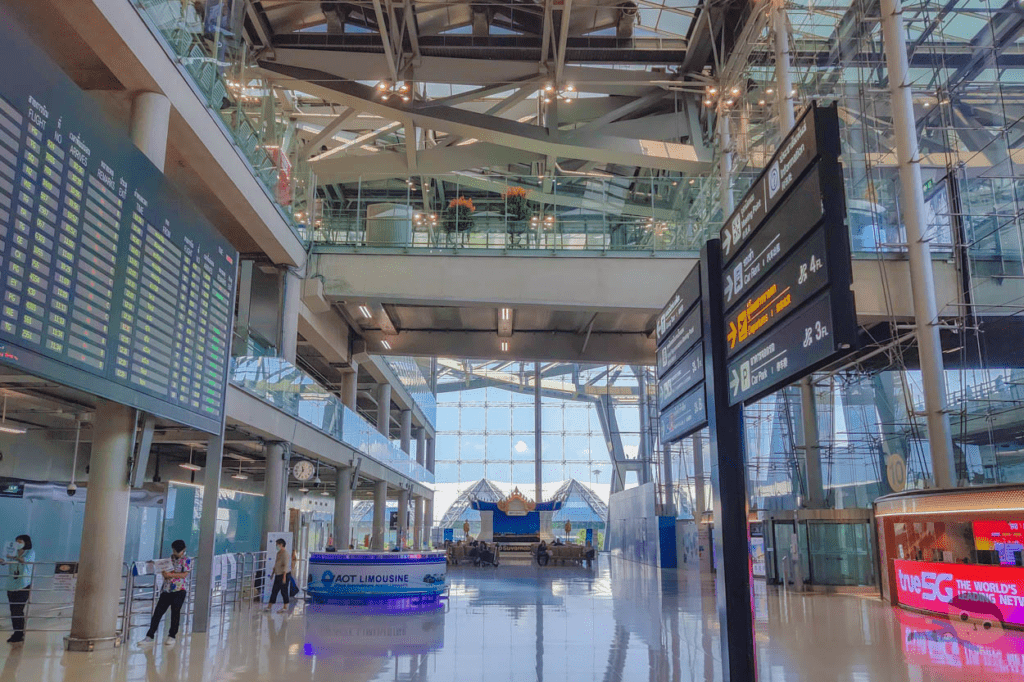
- Area: Around 32.4 square kilometres
- Overview: Bangkok’s Suvarnabhumi, meaning “Golden Land,” is large in area and passenger throughput, making it a critical node in Southeast Asia’s air travel network.
11. Istanbul Airport – Istanbul, Turkey
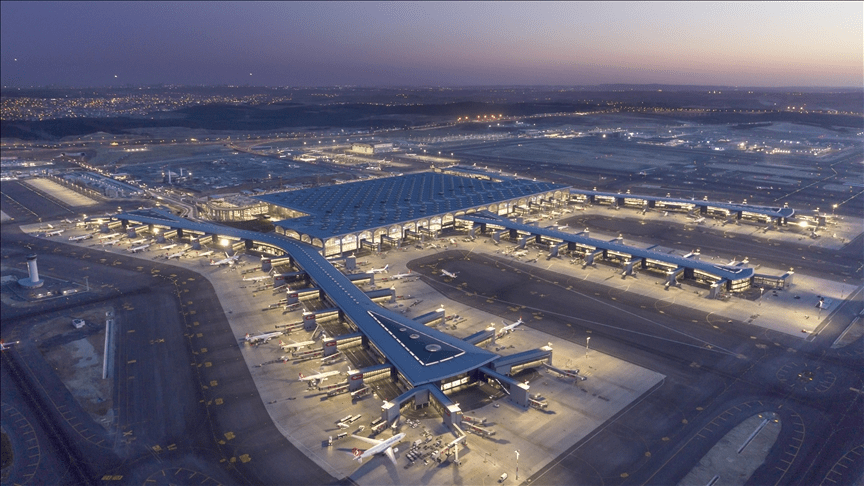
- Area: 76 square kilometers
- Overview: Designed to become the world’s new aviation hub, Istanbul Airport opened in 2018 and plans to expand further. It aims to handle up to 200 million passengers annually, showcasing Turkey’s ambition for global connectivity.
12. Beijing Capital International Airport – Beijing, China
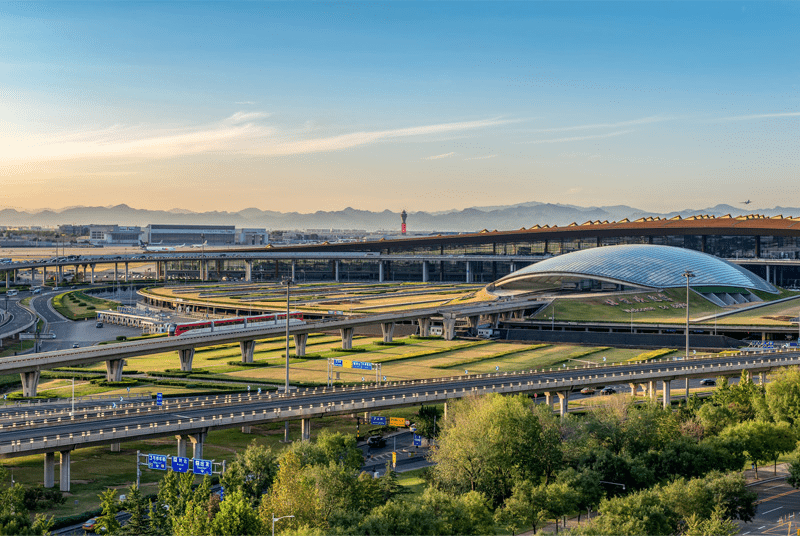
- Area: 23 square kilometers
- Overview: While not as vast as Daxing, Capital International remains one of the busiest, with its three terminals catering to both international and domestic flights, reflecting China’s aviation growth.
13. Kuala Lumpur International Airport – Malaysia
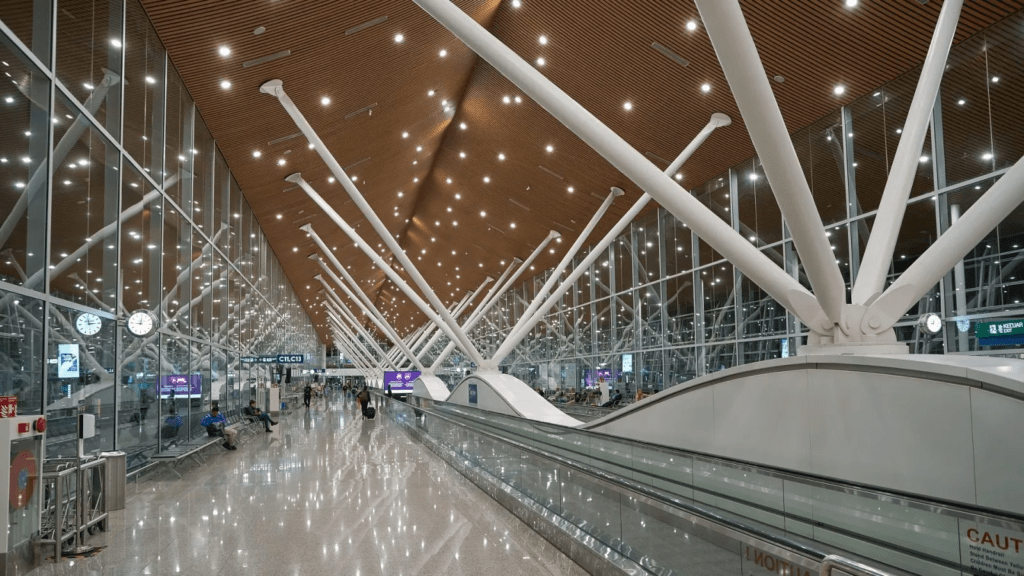
- Area: 100 square kilometers
- Overview: KLIA is known for its efficiency and the iconic Aerotrain system. It’s a significant cargo and passenger hub, with the addition of KLIA2 to manage low-cost carriers.
14. Chicago O’Hare International Airport – Chicago, USA
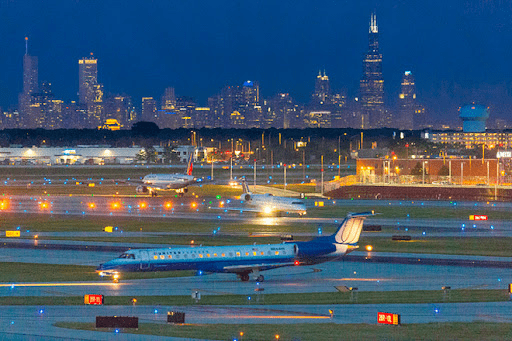
- Area: 30 square kilometers
- Overview: One of the world’s busiest by traffic, O’Hare is crucial for both passengers and freight, and ongoing projects are underway to modernize and expand its capabilities.
15. Frankfurt Airport – Germany
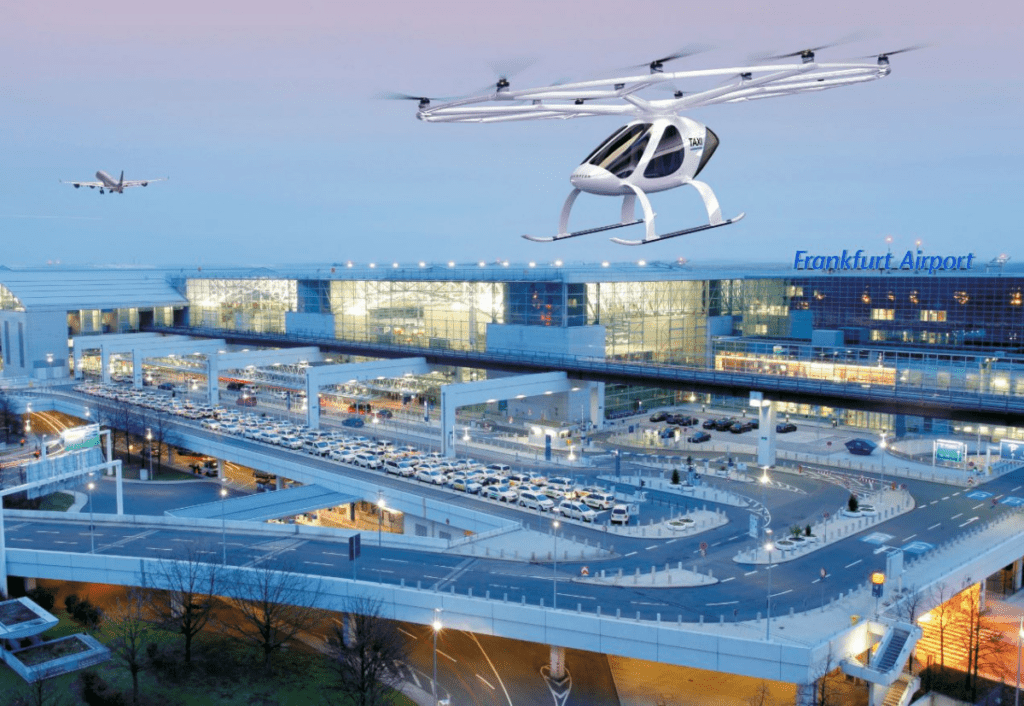
- Area: 23 square kilometers
- Overview: Frankfurt’s airport is a major European hub with extensive international connections, known for its efficiency and innovations in airport management.
16. Rajiv Gandhi International Airport – Hyderabad, India
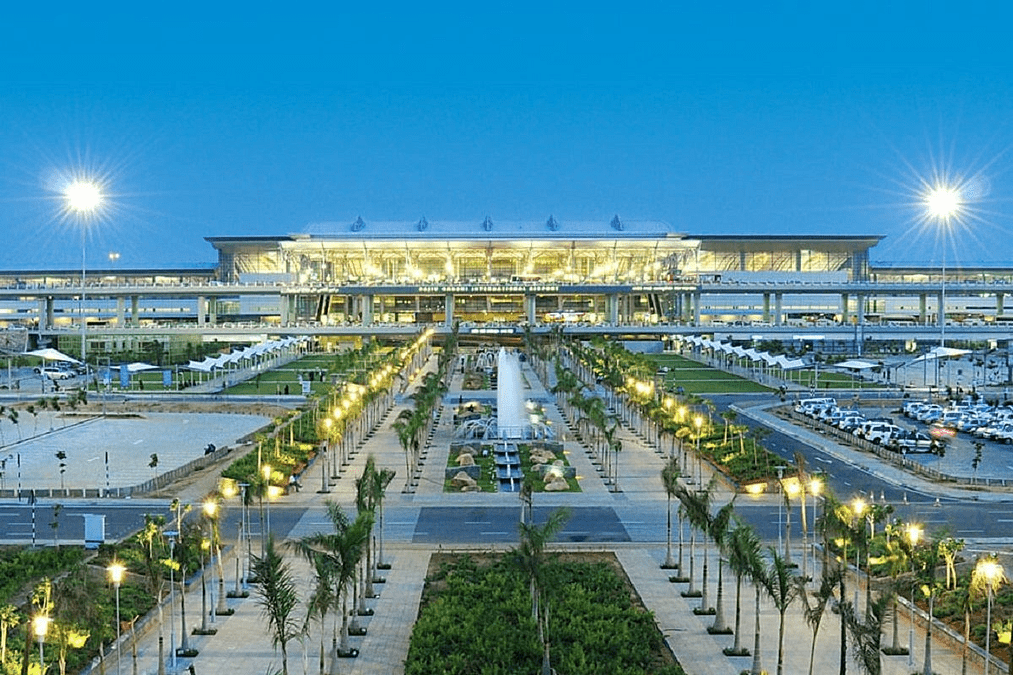
- Area: 22 square kilometers
- Overview: A modern facility that has transformed Hyderabad into an aviation hub in South India, known for its green initiatives and architectural design.
17. Southwest Florida International Airport – Fort Myers, USA

- Area: 54 square kilometers
- Overview: Serving the leisure market of Southwest Florida, this airport has seen significant growth in both passenger numbers and infrastructure.
18. Al Maktoum International Airport – Dubai, UAE
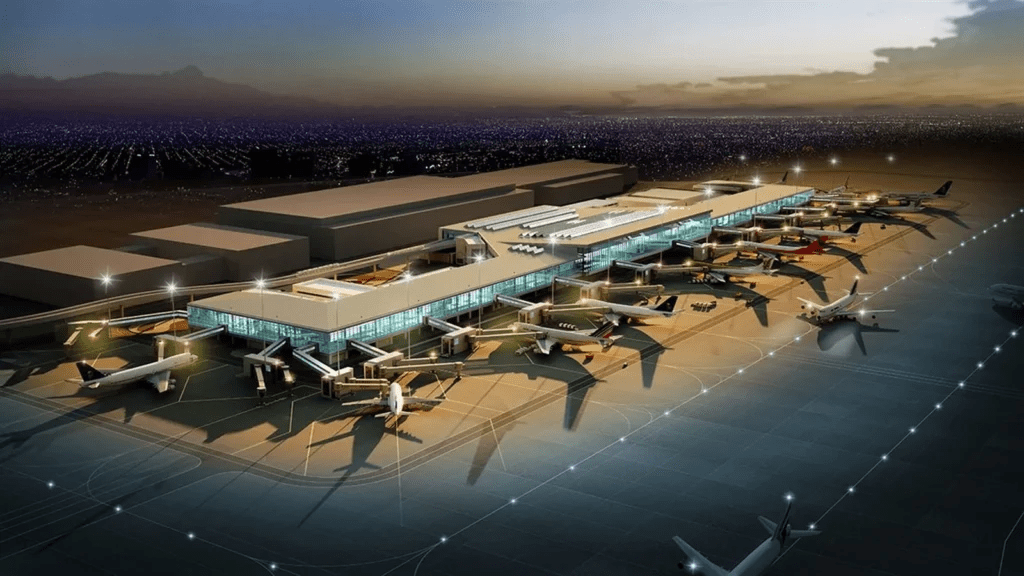
- Area: 14,000 hectares (with potential for expansion)
- Overview: Part of Dubai World Central, this airport is planned to be one of the world’s largest, with ambitious projects for both passenger and cargo operations.
19. Incheon International Airport – Seoul, South Korea
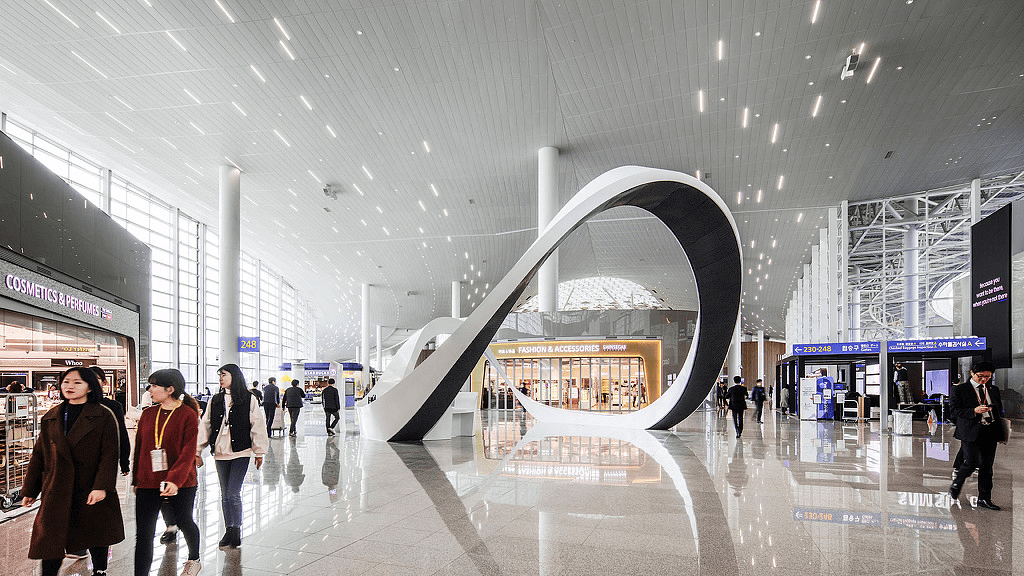
- Area: 56.4 square kilometers
- Overview: Renowned for its passenger services, Incheon has consistently ranked among the best airports globally, providing both transit and cultural experiences.
20. Tokyo Haneda Airport – Tokyo, Japan
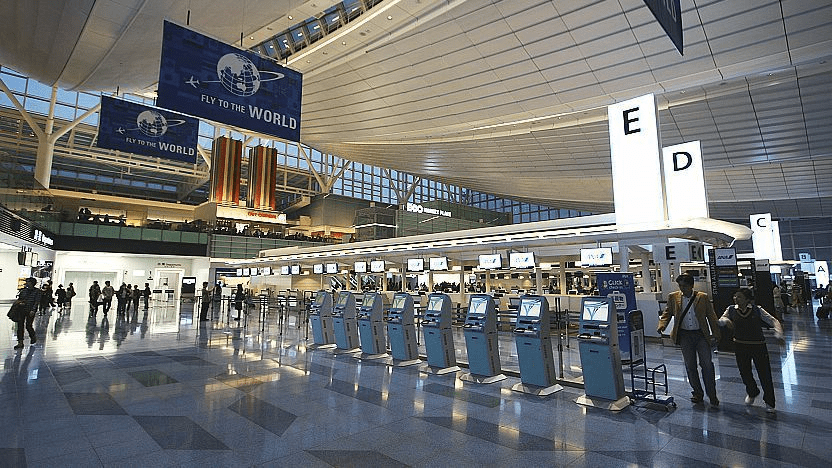
- Area: 1,522 hectares
- Overview: Despite Tokyo’s dense urban environment, Haneda has expanded its footprint, serving as a primary gateway with new international routes and upgraded facilities.
These airports represent significant land areas and complex ecosystems of travel, commerce, and cultural exchange. Their ongoing expansions and innovations reflect the ever-growing demands of global mobility, showcasing how infrastructure can shape and be shaped by the cities and regions they serve.


